The Best Of Science Friday, 2023
This year science reached new frontiers, and our coverage followed suit. Our staff—and audience—share their favorite SciFri creations of 2023.
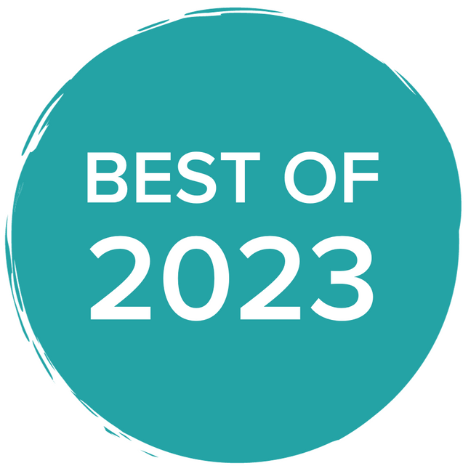 In 2023, Chat GPT took over the news, NASA finished a years-long journey to sample a distant asteroid, and the word “rizz” was recognized by the Oxford English Dictionary. As always, it’s been a year full of new questions—for science and the world at large. Science Friday has ridden 2023’s eventful wave, bringing listeners into the dialogue around the most pressing science topics, like artificial intelligence, climate futurism, and groundbreaking lunar missions. We even got a Bluesky account.
In 2023, Chat GPT took over the news, NASA finished a years-long journey to sample a distant asteroid, and the word “rizz” was recognized by the Oxford English Dictionary. As always, it’s been a year full of new questions—for science and the world at large. Science Friday has ridden 2023’s eventful wave, bringing listeners into the dialogue around the most pressing science topics, like artificial intelligence, climate futurism, and groundbreaking lunar missions. We even got a Bluesky account.
Our radio show had a lot of firsts this year. In October, Experiences Manager Diana Plasker and Producer Shoshannah Buxbaum pulled off our first live in-person broadcast event since before the pandemic. Also, Community Manager Santiago Flórez, Producer Kathleen Davis, and Senior Editor of Digital Robin Kazmier put together our first Spanish-language audio story since 2020. And while it isn’t a first, we can’t help but highlight our continuing State of Science coverage, which included important stories about how climate change, mining, and water treatment affected local communities this year. Our podcast audiences also saw the launch of Universe of Art, our new podcast that draws connections between science and the arts, hosted by Producer D. Peterschmidt. And, we transitioned our Science Friday podcast format to release new stories daily, so every day can be Science Friday.
Education Manager Sandy Roberts has been connecting with students at local educational events and creating some truly exciting bite-size educational resources for learners of all ages. Our monthly book club, run by Diana Plasker, continues to thrive, reaching over 3,000 members this year, and with a brand new webpage to boot. We also added new email newsletters to our growing list: Digital Producer Emma Gometz’s limited-run “Sincerely, Science,” showing the human side of research; and Manager of Impact Strategy Nahima Ahmed’s “SciFri Findings,” documenting what we’ve learned from our audience engagement experiments.
Once again, we’ve asked our staff to share their favorite Science Friday creations from the year, and explain why they loved their selections. And, we’re sharing our very first “best of” pick chosen by you, our listeners! We hope you enjoy this recap. And if you like our work, consider leaving us a donation. We’re a non-profit organization that depends on support from people who love science just as much as we do. All gifts will be matched $1 to $1 before the end of the year!
Invest in quality science journalism by making a donation to Science Friday.Donate To Science Friday
Produced by Rasha Aridi
Selected by SciFri’s Audience
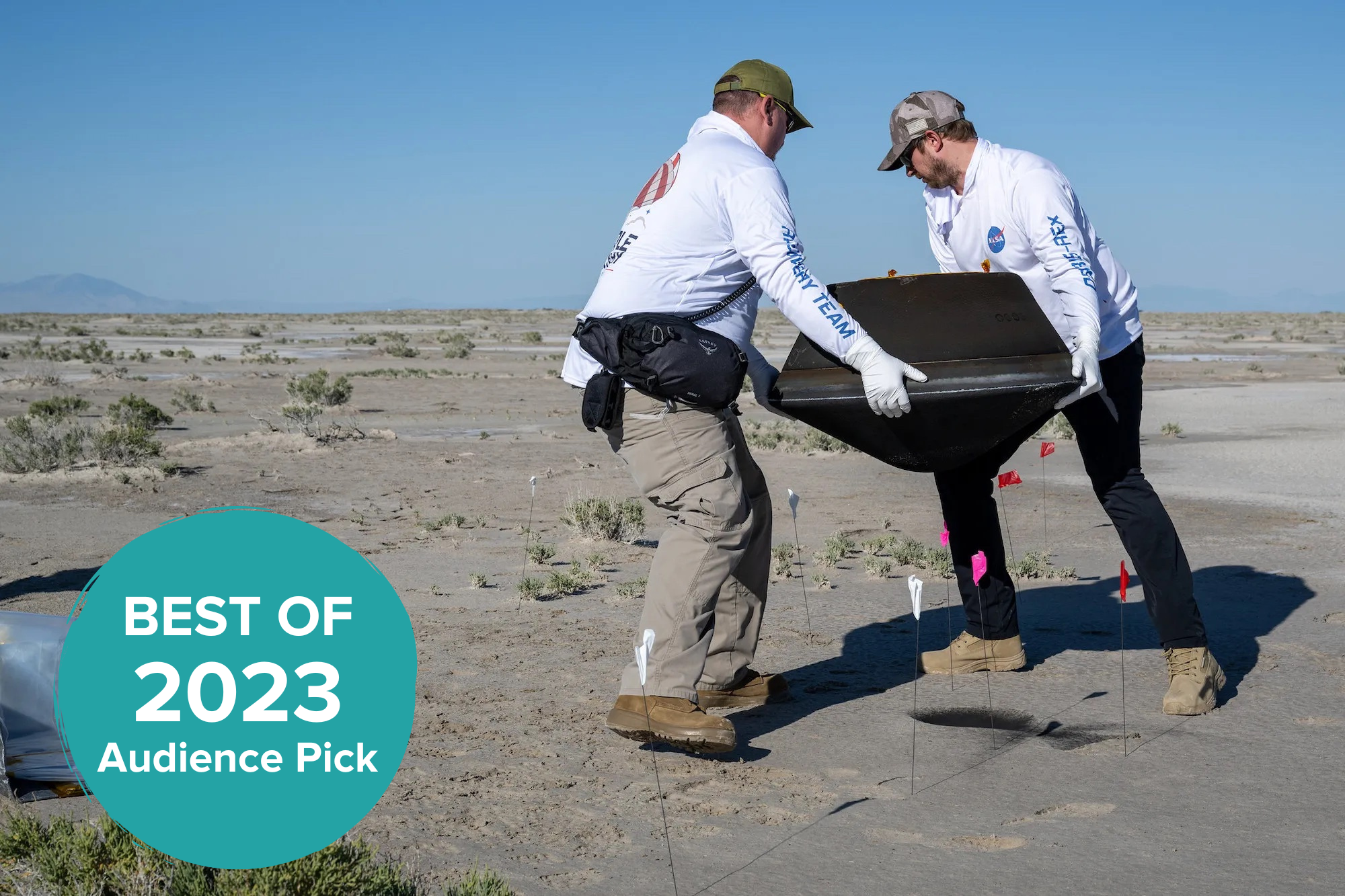
We surveyed our audience via our website, newsletters, and social media to find out what your favorite SciFri segment of 2023 was. The winning pick was our segment that shared the news of NASA’s OSIRIS-REx acquiring a sample from Bennu, an asteroid 200 million miles away. It took seven years and the help of a Queen band member to make it happen, and space nerds everywhere rejoiced.
An honorable mention in the tight race for the Best of 2023 Audience Pick was our segment about the tomato breeding project that was fueled by over 1,000 backyard gardeners.
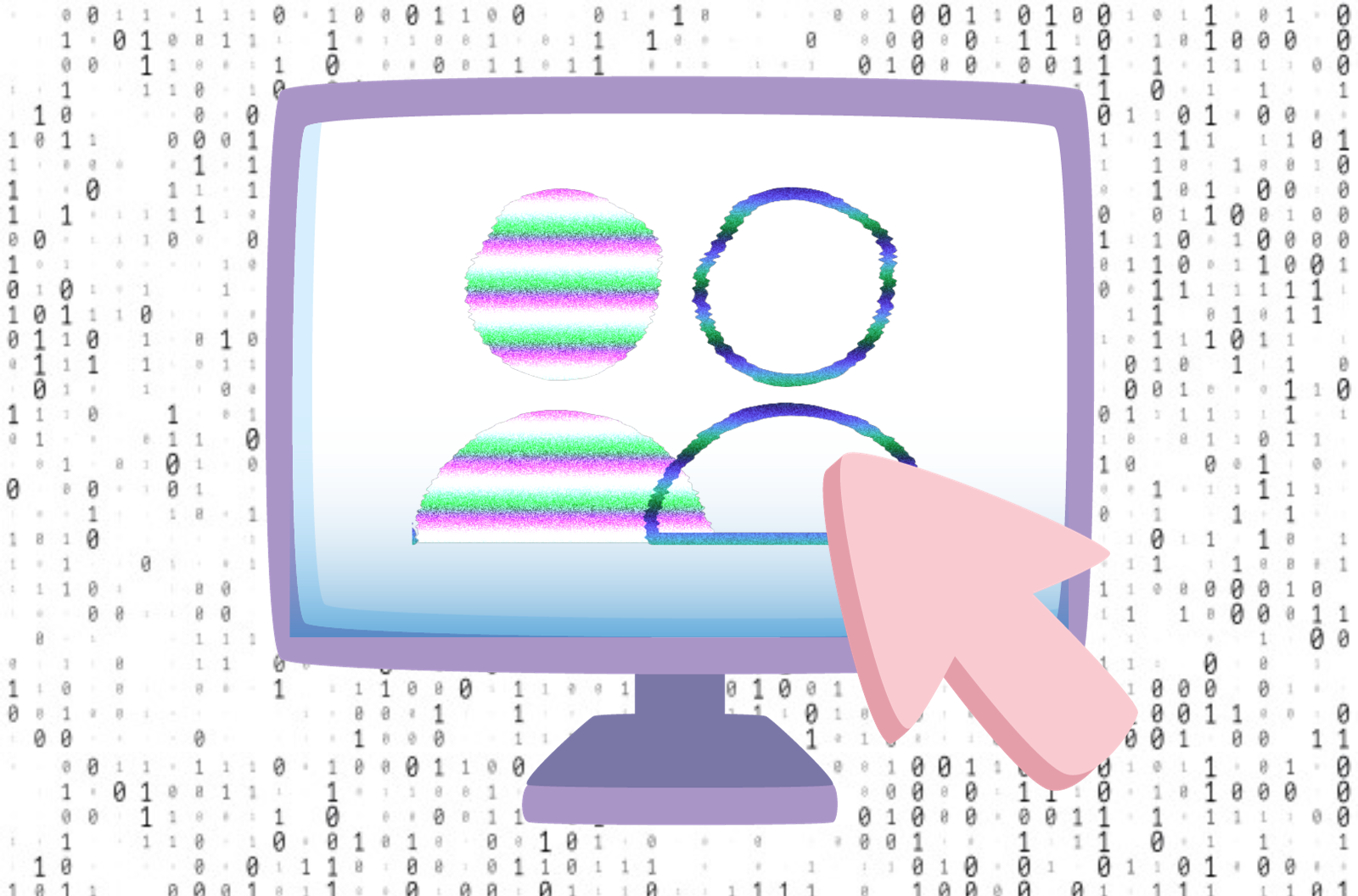
Produced by Rasha Aridi
Selected by Nahima Ahmed, Manager of Impact Strategy
As we continue to make technological advances in healthcare, we need to consider just what data is being fed into emerging tech like AI. Racial biases in medicine can create harm if not checked for in any new processes.
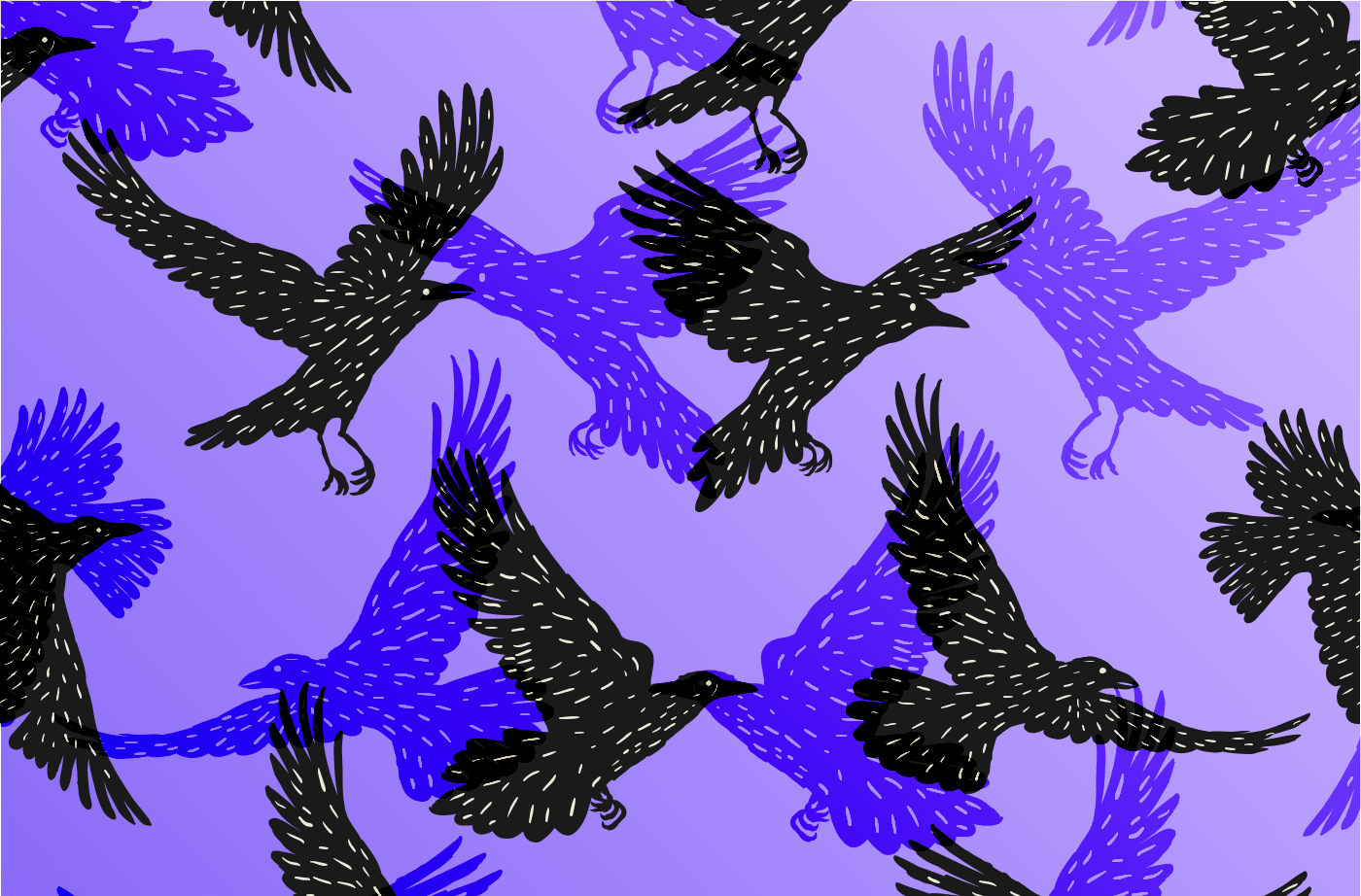
Produced by D. Peterschmidt
Selected by Rasha Aridi, Producer
In this story hosted by my wonderful fellow producer D. Peterschmidt, D. talks to Laura Young, whose Baltimore neighborhood has been completely overrun by 500-1,000 crows. Meaning poop all over the sidewalks and cars, constant caw-ing, and some very frustrated neighbors. D. connects her with Dr. Kaeli Swift, a crow pro, to talk about what actions she can take to spare her neighborhood and how human-wildlife conflicts almost never have simple resolutions. I love this story because it feels like D. and Laura take me on an audio journey to this crow roost, and hearing from them and Kaeli left me sympathetic to both the crows and the people living near them. Oh, and I learned what the Poopmaster 6000 is.
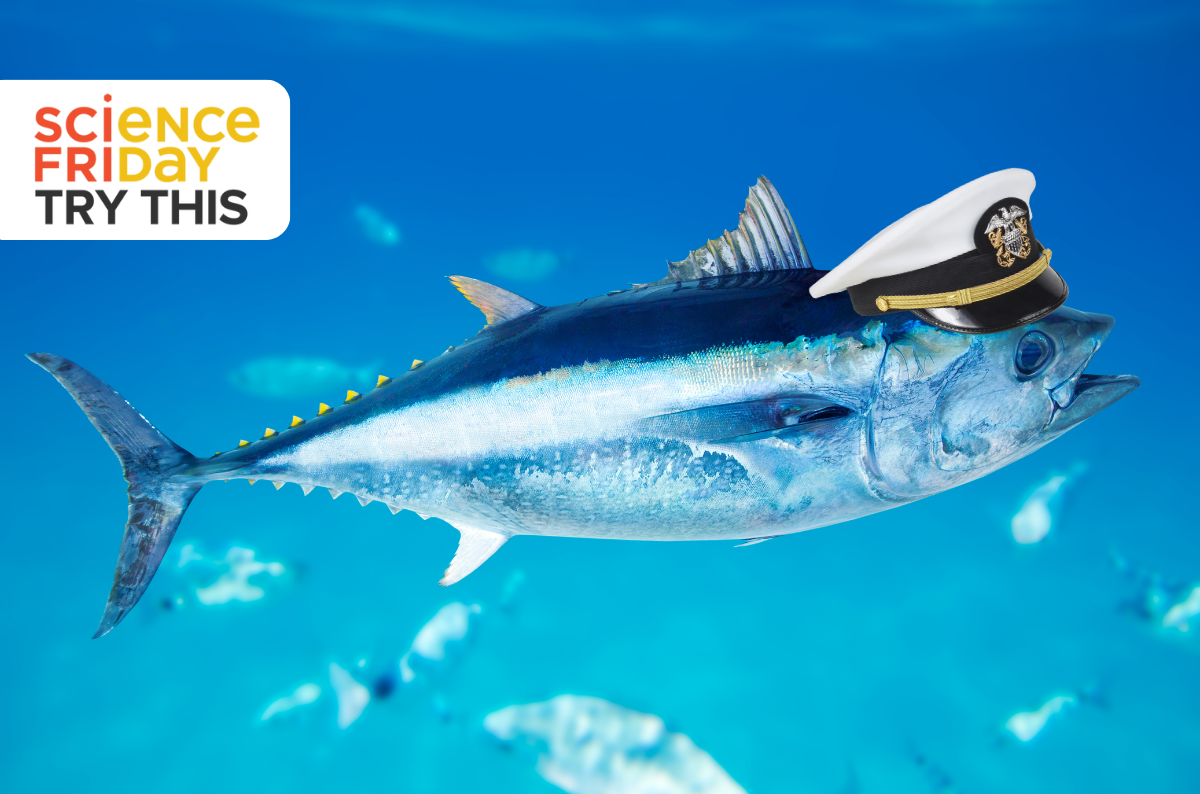
Educational Resource by Sandy Roberts
Selected by Shoshannah Buxbaum, Producer
I just love this educational resource developed by my colleague Sandy Roberts. Bluefin tuna are remarkable creatures who travel such long distances across the ocean! Connecting students to the creatures who often end up on their plates is such an engaging way to think about science. This was such a great companion to a radio piece I produced about bluefin tuna.
Produced by Kathleen Davis
Selected by John Dankosky, Director of News and Audio
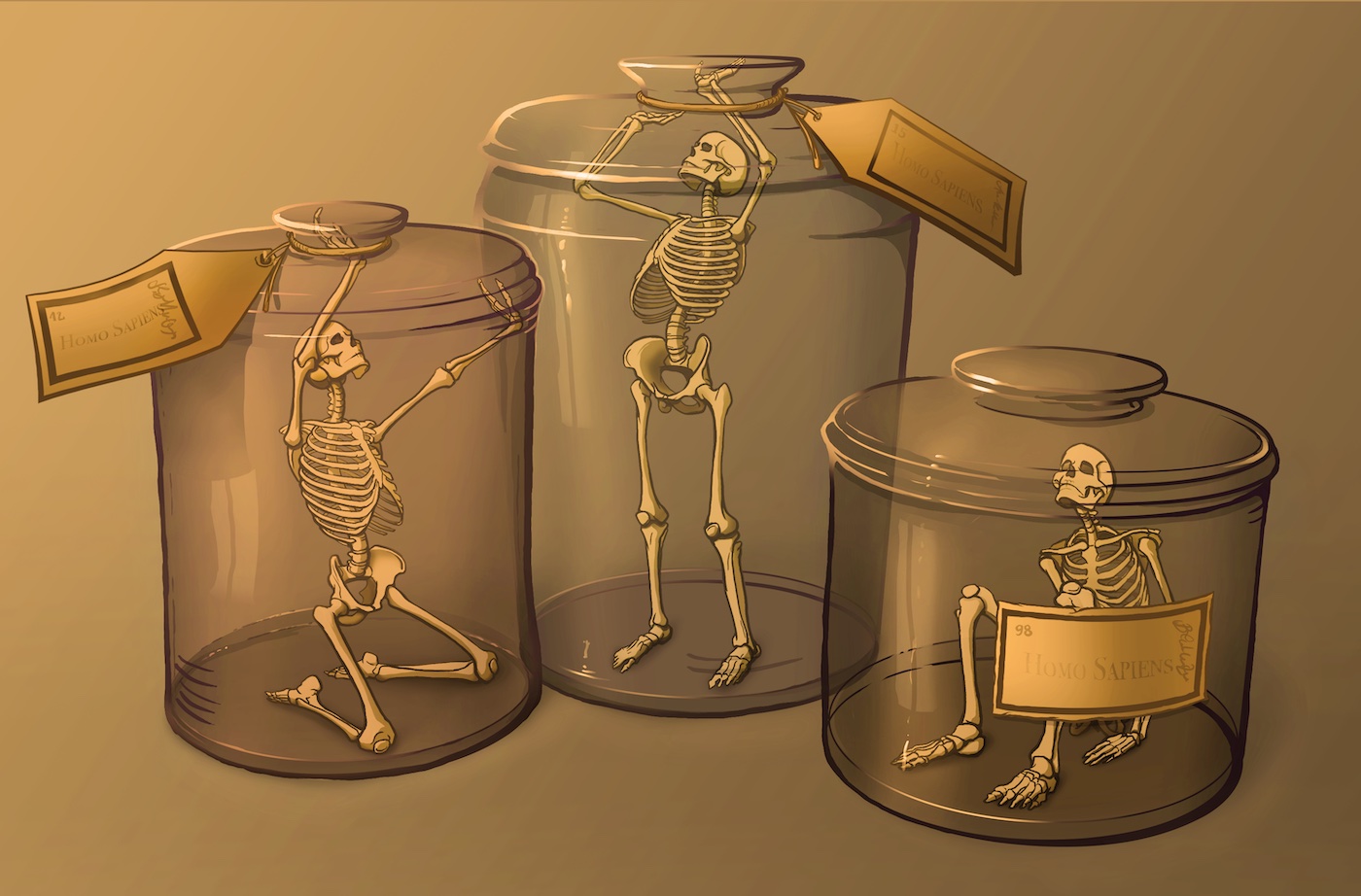
Our State of Science project, featuring reporting by public radio reporters nationwide, brings us so many compelling stories each year. But one of my all-time favorites comes from WHYY’s Alan Yu, reporting on Philadelphia’s Mütter Museum, and the ongoing controversy in the museum world over displaying human remains. As complete and thoughtful as Alan’s SciFri interview was in conveying the story, his written version, on our website, was even better. How can you improve on an opening line that reads, “Robert Pendarvis gave his heart to Philadelphia’s Mütter Museum. Literally.”
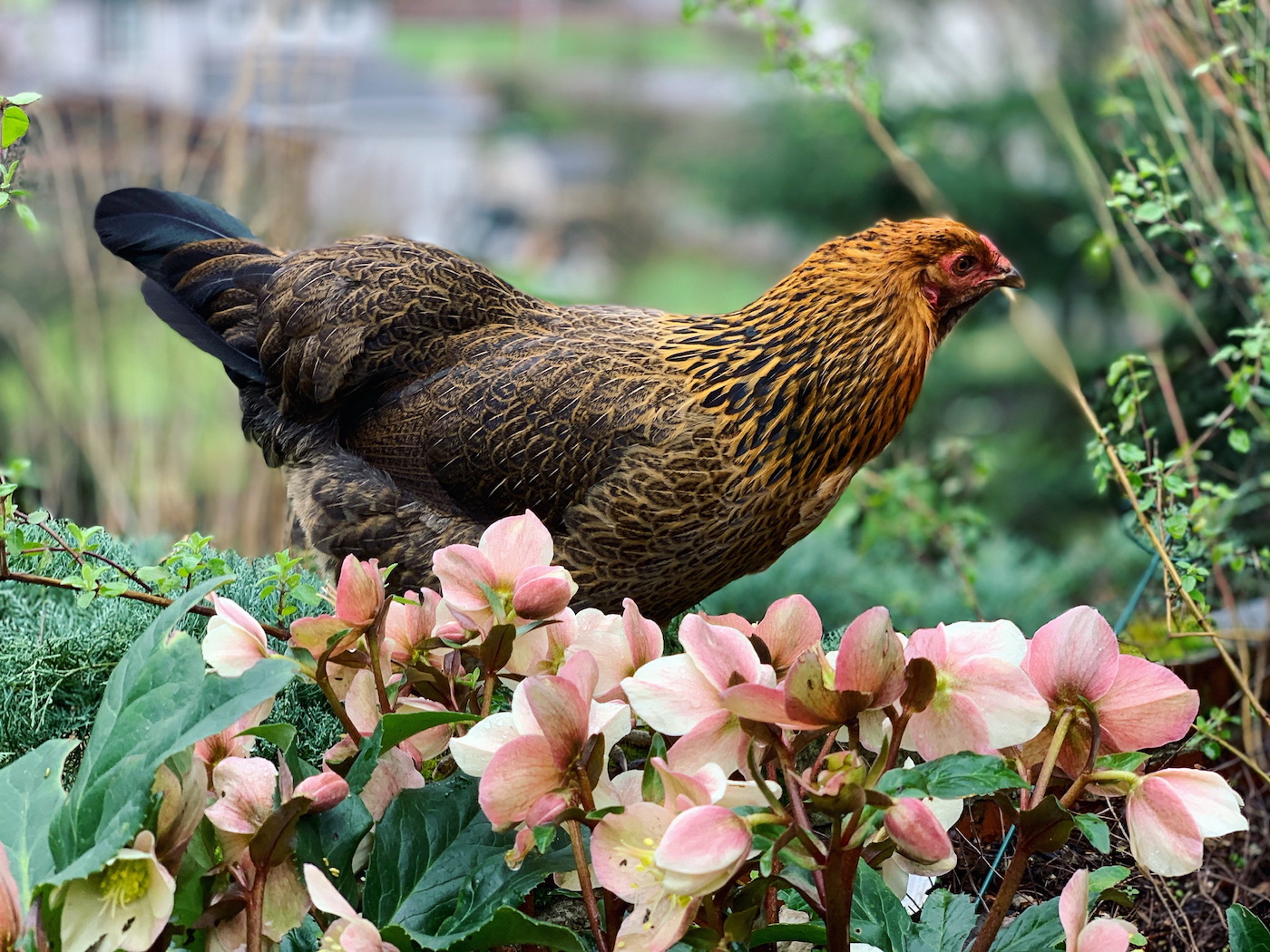
Produced by Shoshannah Buxbaum
Selected by Kathleen Davis, Producer
I could never be vegan. And a big reason why is that I love eggs. Each morning, I eat two: sometimes scrambled, sometimes fried, but always delicious. My personal relationship with chickens is limited to the grocery store, but I’m fascinated by the long and intimate history humans have with poultry. I loved this segment that producer Shoshannah Buxbaum and guest host Sophie Bushwick put together, an interview with science writer and chicken enthusiast Tove Danovich. And I love the photos of Tove’s fancy chickens!
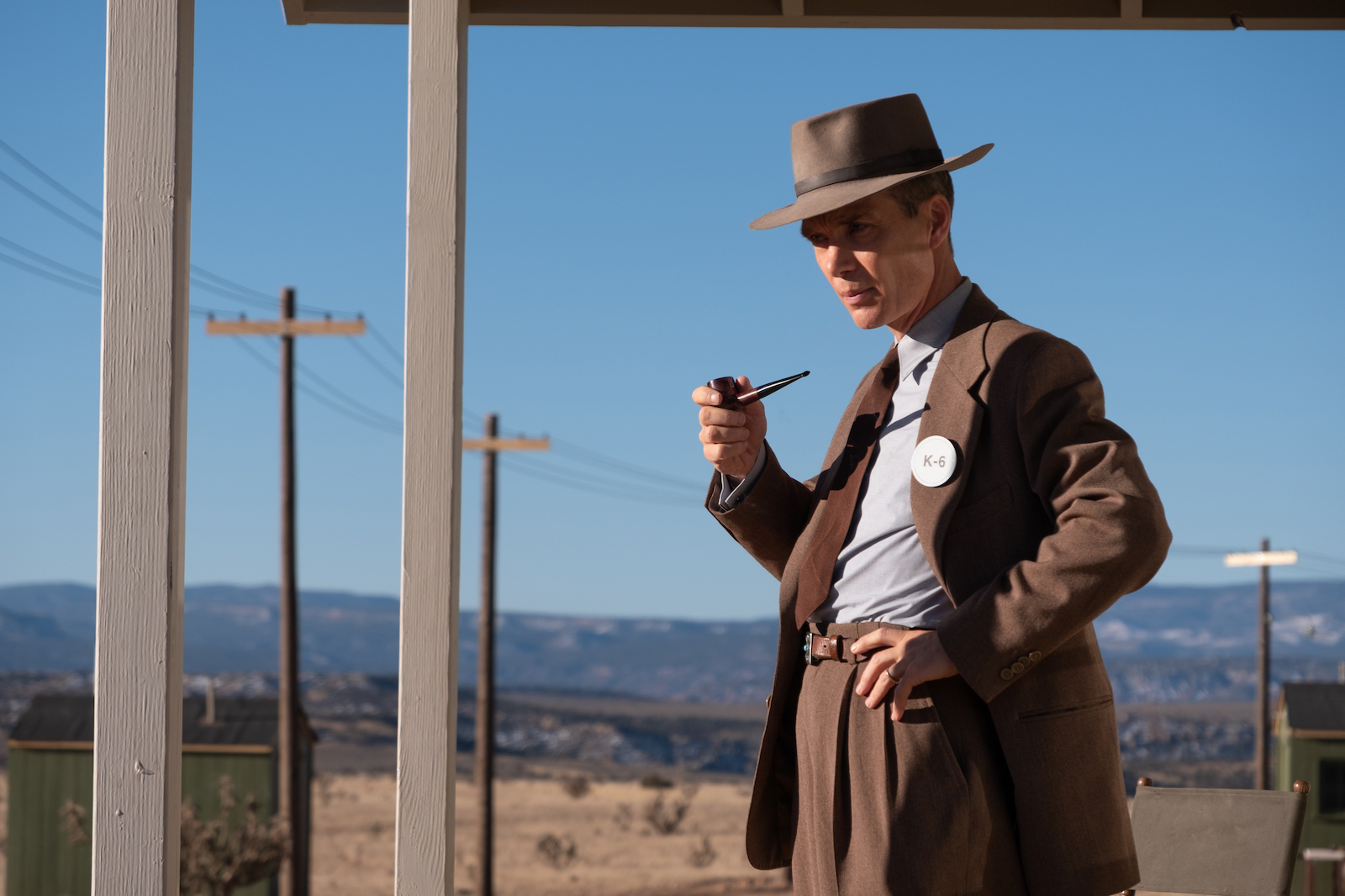
Produced by Rasha Aridi
Selected by Ira Flatow, Host and Executive Producer
We talk about the film, the man, and the victims, both in Japan and in the U.S., who have gone unnoticed. Forget about what you thought you knew about the invention of the bomb. Lost in the popular version is the fate of the Indigenous people who succumbed for decades to the debilitating effects of the radioactive fallout. To hear stories about their suffering and to link them to the horrors of the Japanese victims is to hear a new telling of history.

Produced by Kathleen Davis
Selected by Santiago Flórez, Community Manager
Dr. Eugenia Cheng’s enthusiasm and curiosity are contagious. She makes math, a much maligned subject for students all over the world, exciting and informative. Plus all the listener questions are both surprising and thoughtful.
Produced by Shoshannah Buxbaum and D. Peterschmidt
Selected by Emma Gometz, Digital Producer
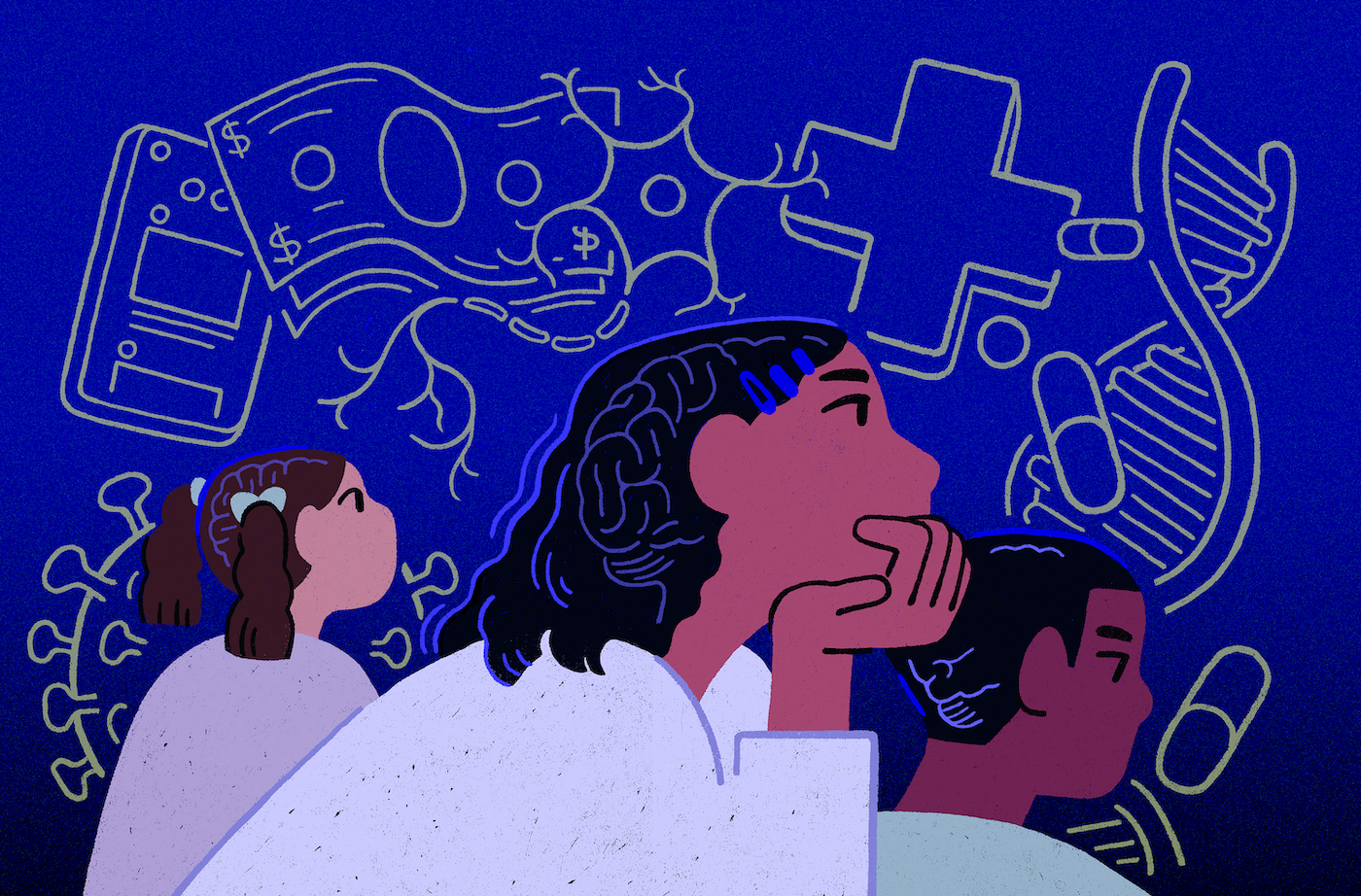
Loneliness is a unique health risk, because much like the frog in boiling water, it’s hard to tell if it’s a problem until it’s severe. I think a lot about how we’re managing mental health in these post-lockdown days, where threats to our health don’t always come in the form of a clear positive test. Not only did this segment address how much people need people, but I was also touched by how the surgeon general himself shared his experience with loneliness. Plus, it’s always an honor to work with artist Jean Wei, who provided such a thoughtful editorial image for this piece.
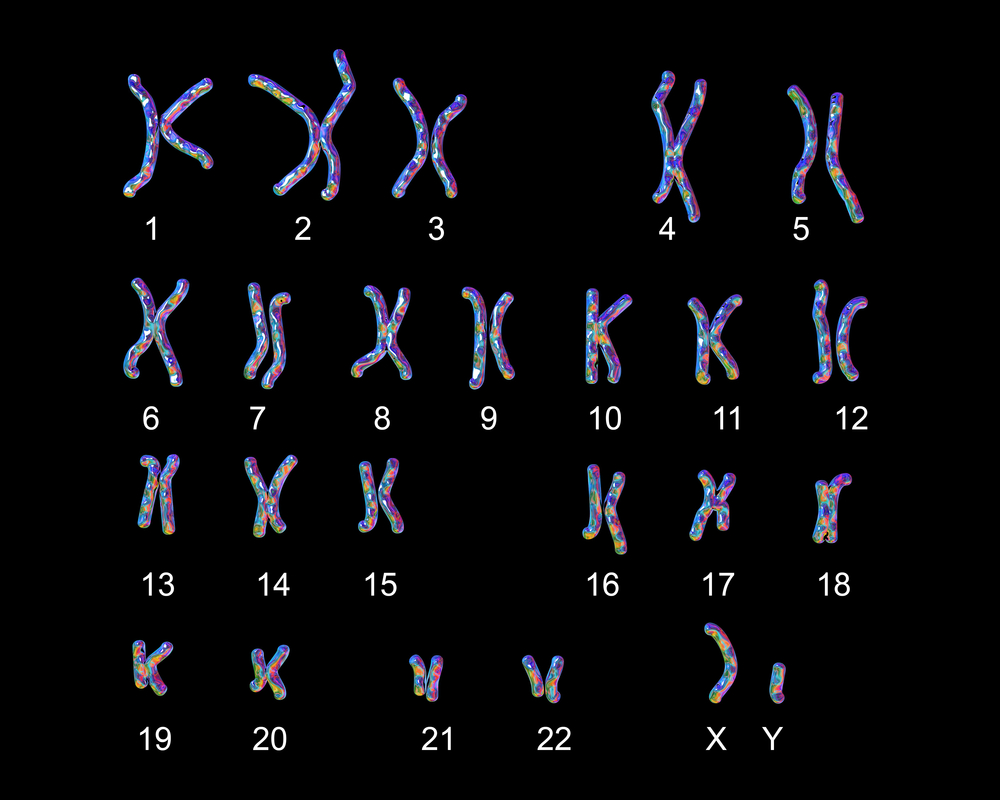
Produced by Charles Bergquist
Selected by George Harper, Stewardship Manager
Trying to understand ourselves is a huge part of being a human. Yet, there are still so many mysteries. The Y chromosome is one example. Despite being the smallest human chromosome, the Y chromosome has been one of the toughest to sequence. Now that the sequence is complete and there are full sequences from over 40 individuals, we are seeing tremendous variation in humans. What are the implications for our health? What are the implications for human evolution?
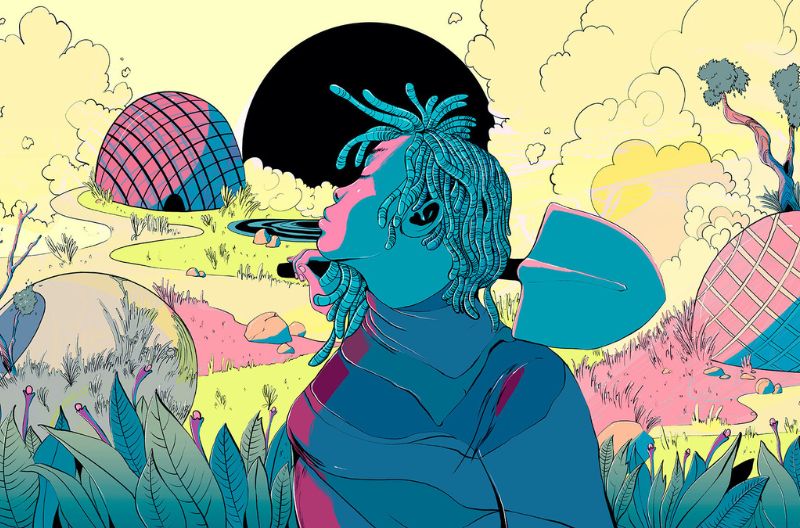
Event Produced by Diana Plasker
Selected by Danielle D. Johnson, Executive Director
One of my favorite segments from this year isn’t a segment at all. Well, it is, but not in the traditional broadcast sense. It is a conversation from an event we hosted in New York with two of our friends in media, WNYC Studios and Grist, as part of Climate Week. Five incredible guests helped audiences envision a world with a positive climate future. This event was made available on YouTube for anyone who couldn’t make it. This event showcases that Science Friday delivers on more than the weekly radio broadcast and provides many unique ways for the public to engage in science dialogue. In addition to the hundred or so people in the room, we saw people join us virtually from across the country and experience the joy we get from shared experiences even around difficult subjects like climate. Which reminds me—are you participating in the Science Friday Book Club? Because you should be.
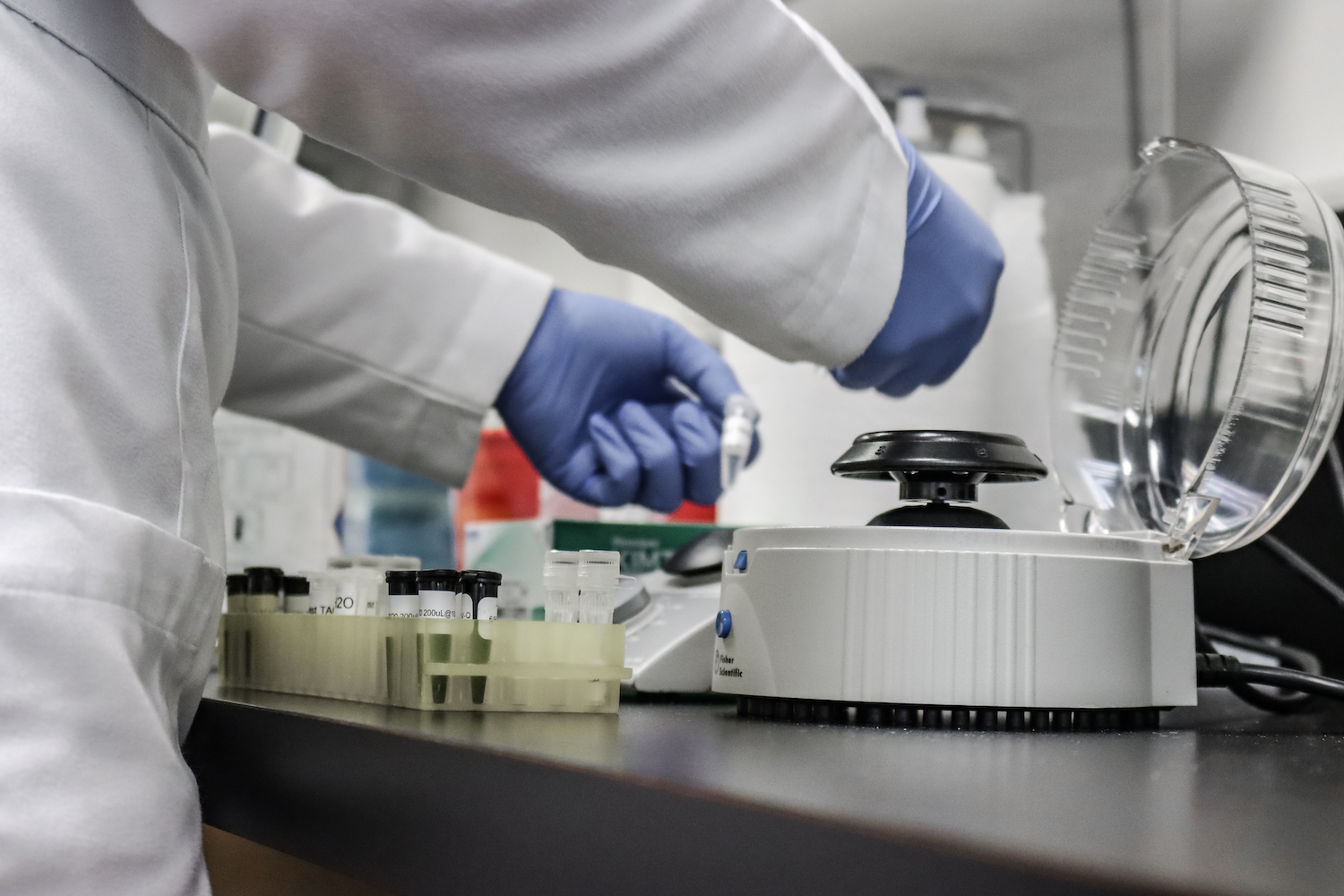
Written by Emma Gometz
Selected by Diana Plasker, Experiences Manager
It’s easy to hear about a rise in tick-borne diseases and feel like it’s unsafe to hike or spend time outside. Digital Producer Emma Gometz heard people’s anxiety and decided to address it head-on with this informative article. Through a series of interviews with the researchers studying this problem, Emma explains to the reader that you shouldn’t fear the outdoors—and gives us easy calls-to-action should we find a pesky tick on ourselves. I for one have already downloaded The Tick App, just in case.
Written by Elizabeth Anne Brown
Selected by Robin Kazmier, Senior Editor of Digital
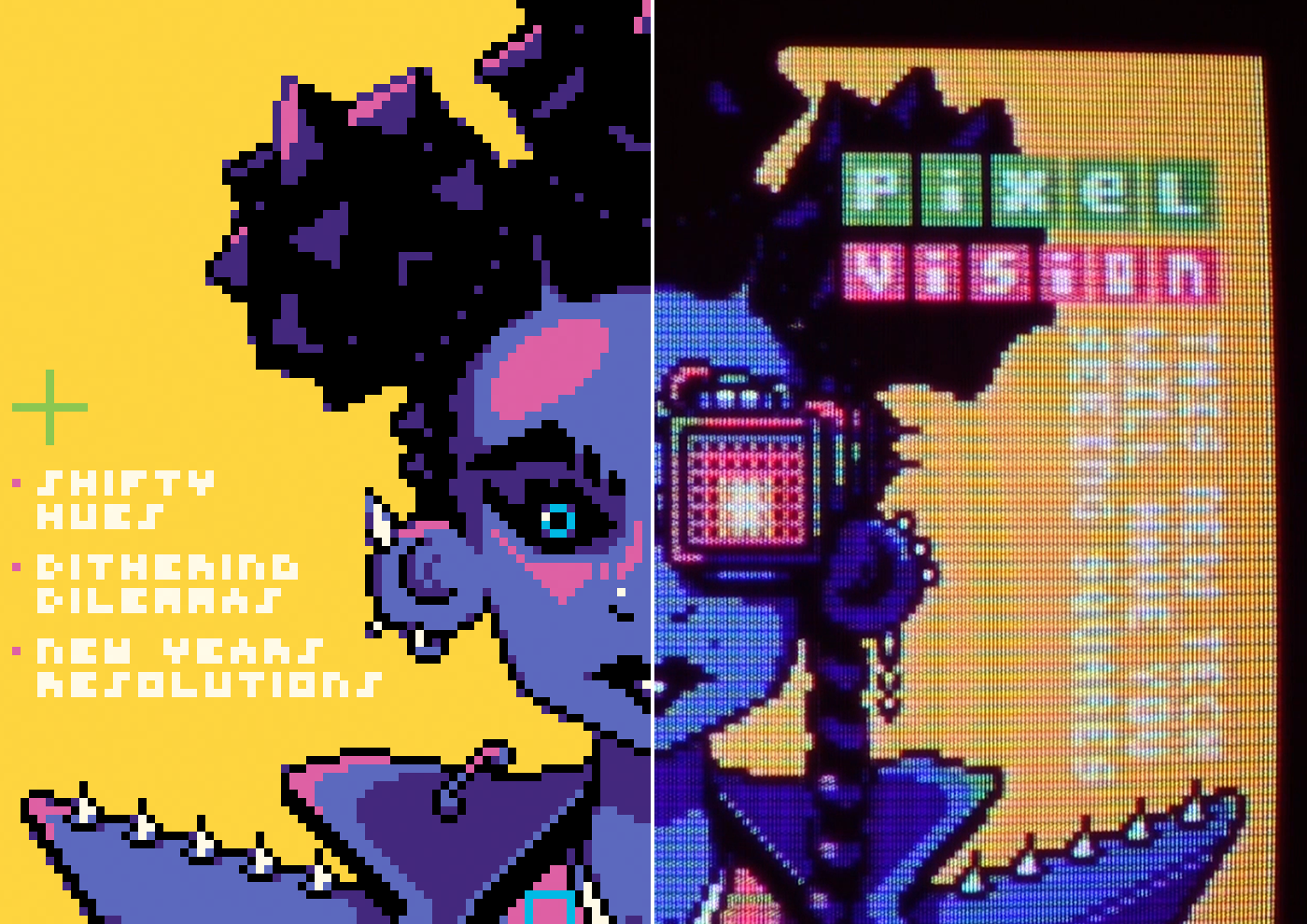
I love the way this piece draws the reader in with nostalgic visuals from the ’80s and ’90s and then reveals the surprising science of why things looked the way they did. It’s a delightful snapshot of one way that science and art are intertwined. And it gave me a new lens through which to understand both my childhood experience of playing video games and my current experience of pixel art.
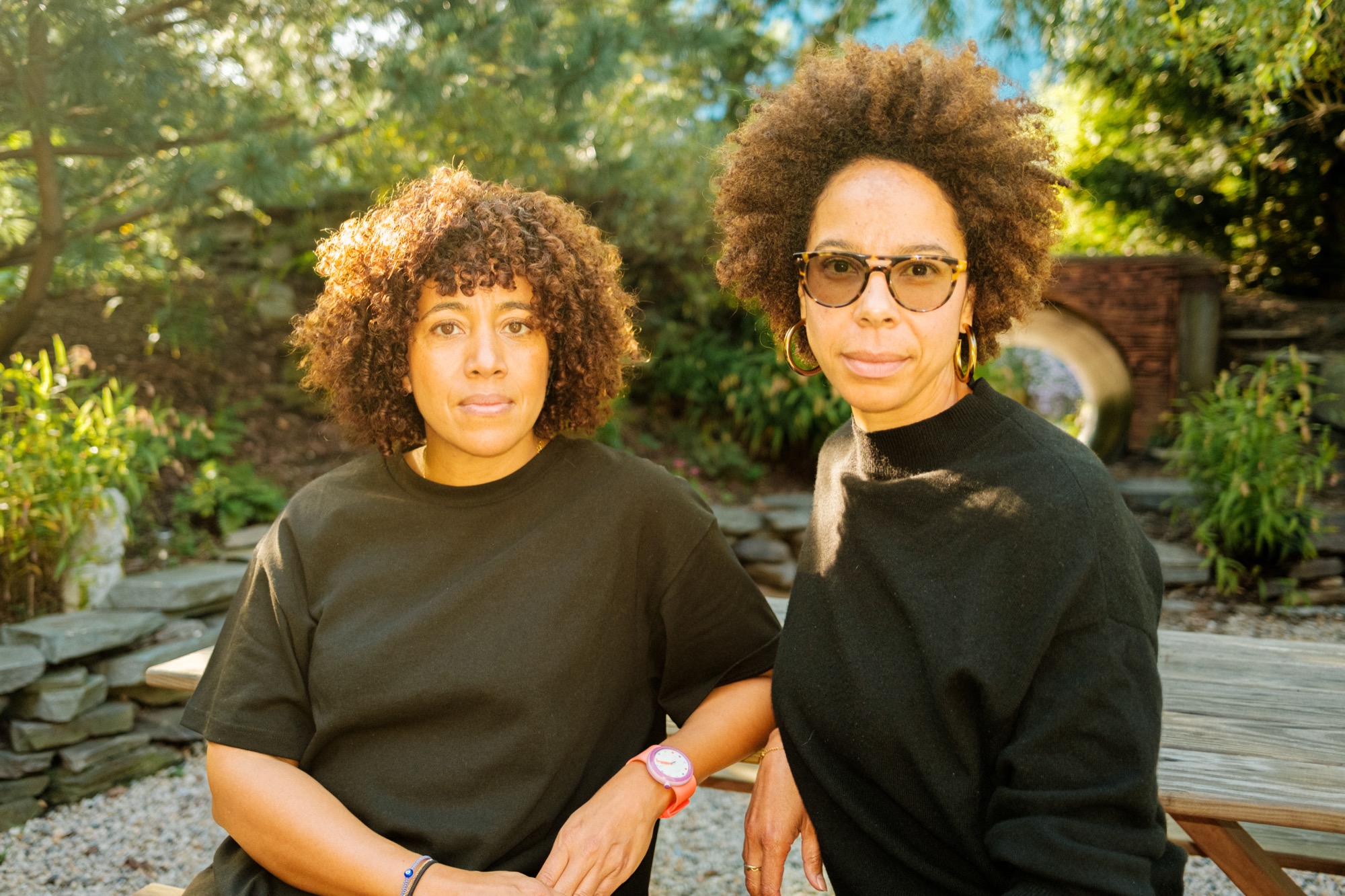
Produced by D. Peterschmidt
Selected by Annie Nero, Individual Giving Manager
The thing I love so much about this segment is that it offers positivity and is solutions driven. It’s so rare to experience anything related to climate change that does not induce fear. I’d much rather ponder what might happen if we get it right!
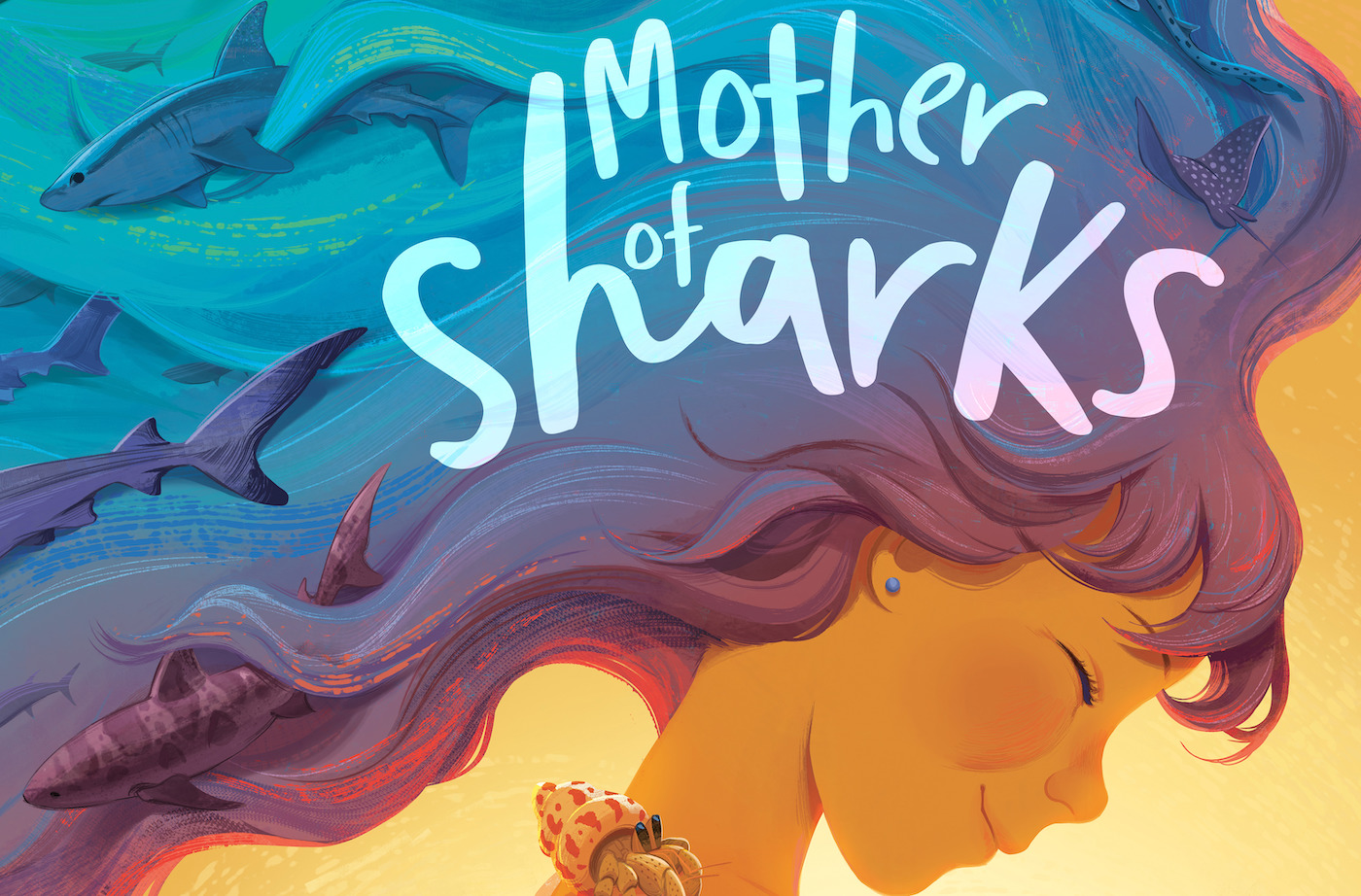
Produced by Rasha Aridi
Selected by D. Peterschmidt, Producer and host of Universe of Art
One of my favorite things about our show is discovering scientists who are enthusiastic about their work, and this segment is a great example of that. Melissa Cristina Márquez is a shark scientist and author of a new, gorgeously illustrated kids book, Mother of Sharks (which was the nickname Márquez got in grad school). It’s a semi-autobiographical story that mirrors her own journey falling in love with sharks and then becoming a shark scientist. It teaches kids about how fascinating these creatures are, how important they are to our ecosystem, and how we should think about shark conservation. She hopes it will inspire other kids to pursue marine biology, and after listening to this interview, I have no doubt it will.
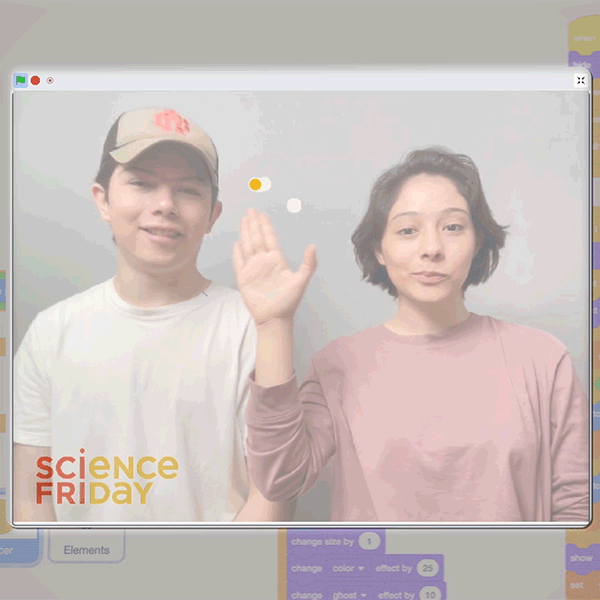
Educational Resource by Camila and Diego Luna
Selected by Sandy Roberts, Education Manager
Not only is this educational resource one of the most viewed new activities of the year, it’s fun! We’re having a moment in education where artificial intelligence is a big unknown. Then along comes the dynamic duo of Camila and Diego Luna with a great hands-on way to learn to code and use AI to make your own customized game, all while tying those skills to solving a real-world problem like teaching ASL effectively. I think this resource is a fantastic way to empower learners to see AI as a tool they can use to make the world better, and it demystifies a complex topic in a really exciting way.
Produced by D. Peterschmidt and Diana Plasker
Selected by Jason Rosenberg, Grants Manager
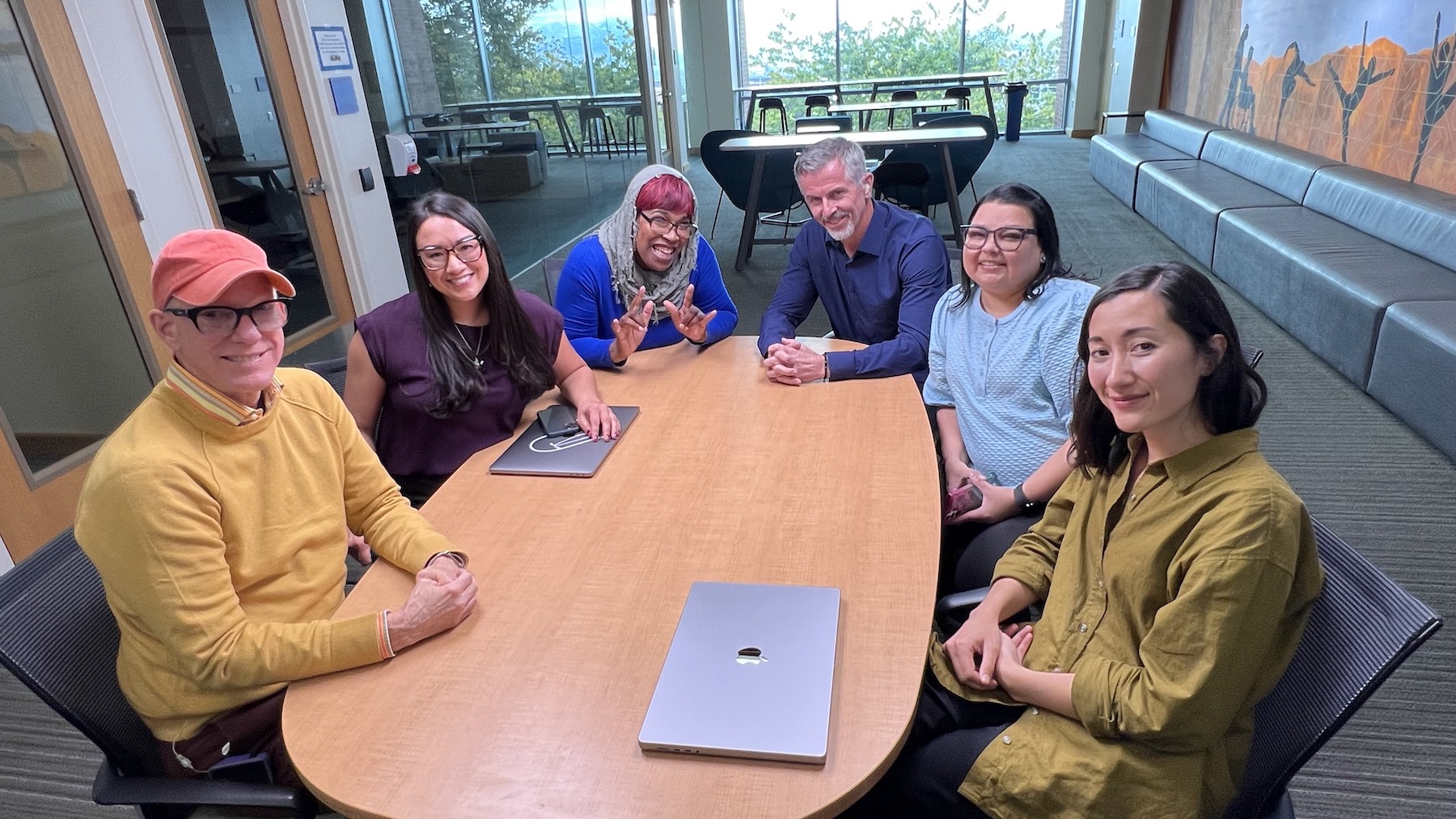
Something that many non-disabled people don’t consider is the difficulty that disabled people have navigating the healthcare system, an ironic and particularly burdensome hurdle for a group that disproportionately utilizes the system to meet their needs. In this insightful and powerful segment, we hear directly from the D/deaf/Hard of Hearing community about their firsthand experiences needing to advocate for themselves in the midst of a health crisis just to be able to communicate with their doctor. What I love about working at Science Friday is our commitment to platforming stories from communities that face the worst effects of the issues we cover, and our commitment to seeking out members of those communities directly in the work. This piece highlights the impact that D/deaf people are having in moving the needle on making healthcare more accessible and gives me a lot of hope as a disabled person in the efficacy of our advocacy!

Produced by Rasha Aridi
Selected by Jordan Smoczyk, Grants Manager
Leer una historia en la lengua materna de su protagonista da tanta satisfacción. Por eso me agrada mucho leer sobre Juan Pablo Culasso en español. Aunque la entrevista fuera en inglés, me parece importante que Science Friday la haya traducido, asegurando que esta historia sobre los esfuerzos de aumentar la inclusión en un espacio científico también sea inclusiva y más accesible.
Reading a story in the mother tongue of its protagonist is so satisfying. That’s why I really like reading about Juan Pablo Culasso in Spanish. Although the interview was in English, I think it is important that Science Friday translated it, ensuring that this story about efforts to increase inclusion in a scientific space is also inclusive and more accessible.
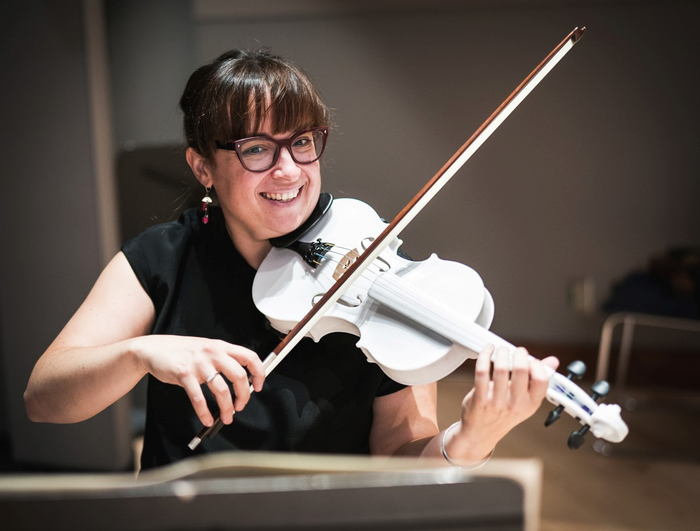
Produced by Rasha Aridi
Selected by Ariel Zych, Director of Audience
I think this segment resonated with our audiences because it was so optimistic and hopeful: Can 3D printing be used to bring the arts, and specifically classical music training, to more young people? When this was first pitched, we weren’t convinced that it was more than a gimmick, but producer Rasha Aridi wisely opened the story with the audio of the 3D-printed plastic violin in question. The sound of the $7 violin playing opened the minds of our listeners, and the notion that more kids might get their hands on violins as a result was suddenly believable and exciting.
Invest in quality science journalism by making a donation to Science Friday.Donate To Science Friday
Emma Lee Gometz is Science Friday’s Digital Producer of Engagement. She’s a writer and illustrator who loves drawing primates and tending to her coping mechanisms like G-d to the garden of Eden.